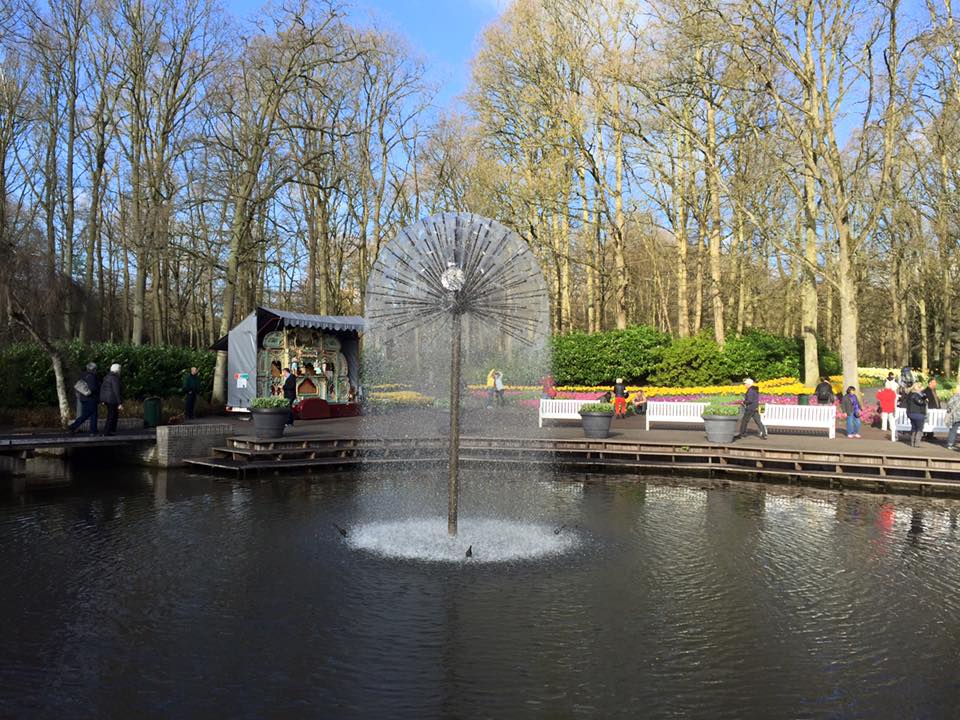 Keukenhof is the international and independent showcase for the Dutch floricultural sector, with a special emphasis on flower bulbs. In the space of eight weeks, it shows what the Dutch floricultural sector has to offer. The focus in the park is on the seven million spring-flowering bulbs, in which the participating companies show their living catalogue. In the thirty flower shows, five hundred flower growers present an enormous variety of cut flowers and pot plants.
Keukenhof is the international and independent showcase for the Dutch floricultural sector, with a special emphasis on flower bulbs. In the space of eight weeks, it shows what the Dutch floricultural sector has to offer. The focus in the park is on the seven million spring-flowering bulbs, in which the participating companies show their living catalogue. In the thirty flower shows, five hundred flower growers present an enormous variety of cut flowers and pot plants.
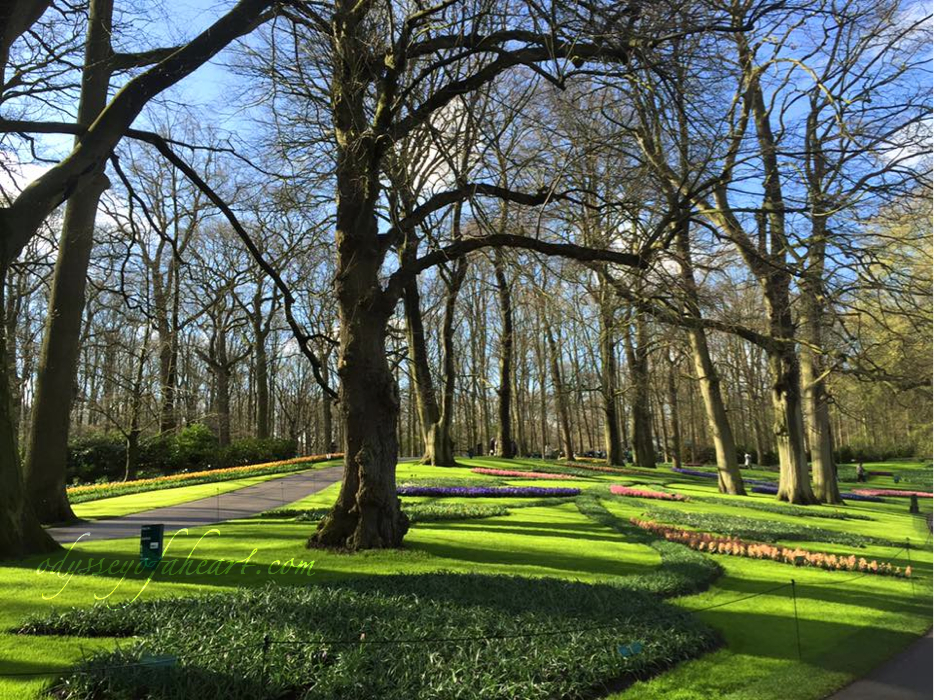 How It Began
How It Began
Keukenhof means kitchen garden. It goes back to the 15th century. Countess Jacqueline of Bavaria gathered fruit and vegetables from the woods and dunes here for the kitchen of Teylingen Castle. Keukenhof Castle was built in 1641, and the estate grew to an area of over two hundred hectares.
In 1949 a groups of twenty flower bulb exporters came up with a plan to use the estate for a permanent exhibition of spring-flowering bulbs, signalling the birth of Keukenhof as a spring park. The park opened its gate to the public in 1950 and was an instant success, with 236,000 visitors in the first year alone.

Every spring Keukenhof looks fresh and cheerful once again, and this all beings with their garden designer. In the spring, he takes regular walks around the park to see which combination could be made even better or more beautiful. In May, he begins to design next year’s park, aiming for a wide range of colour combinations and ensuring that the bulbs flower for as long as possible.

The team of thirty Keukenhof gardeners start planting the seven million bulbs in mid-September. All the bulbs are planted by hand which takes around three months. New grass is sown before each opening season, which ensures there is a fresh, green backdrop where the park opens. At the end of the opening season the bulbs are dug up and destroyed. After the summer the cycle begins anew.




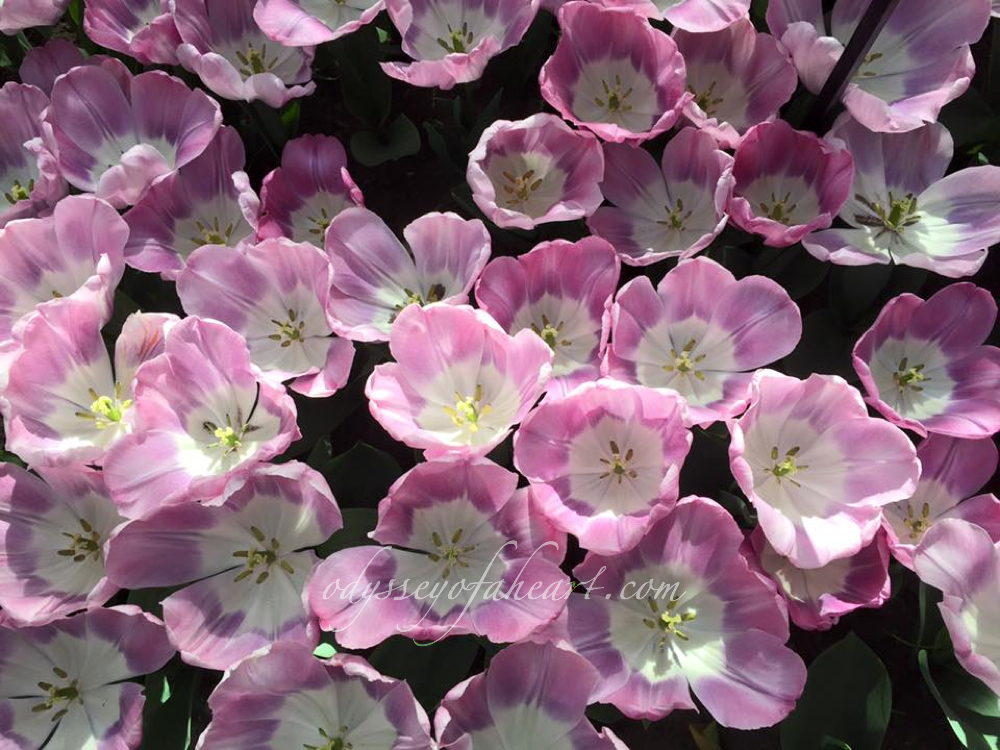
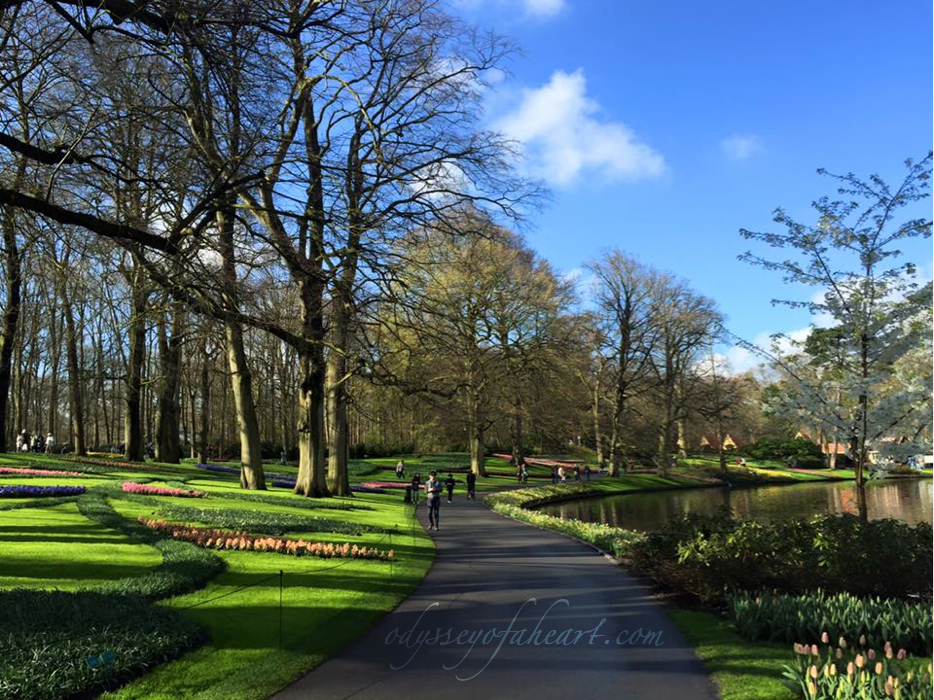
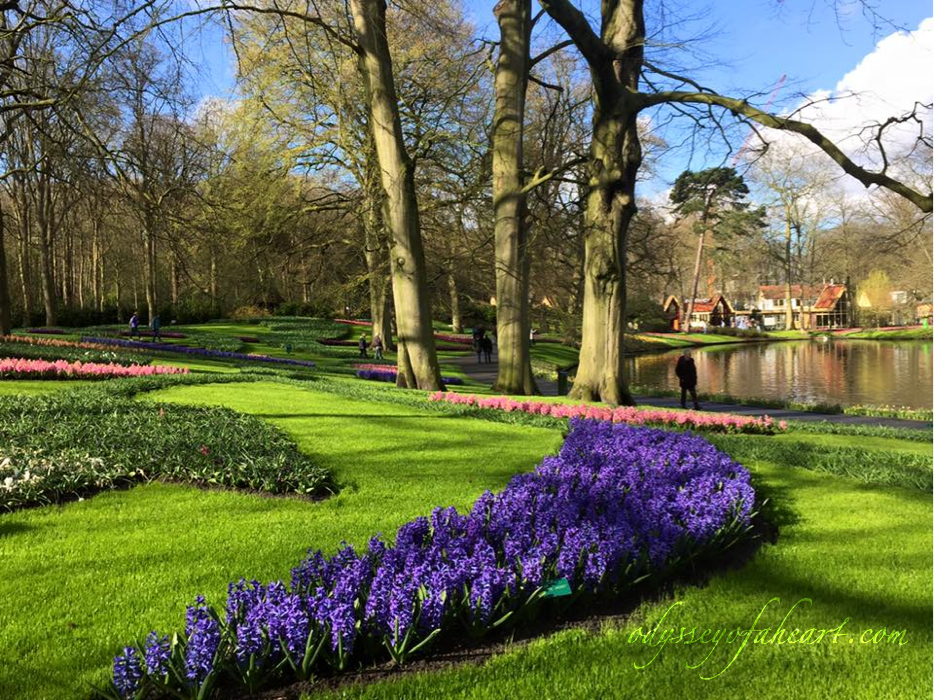
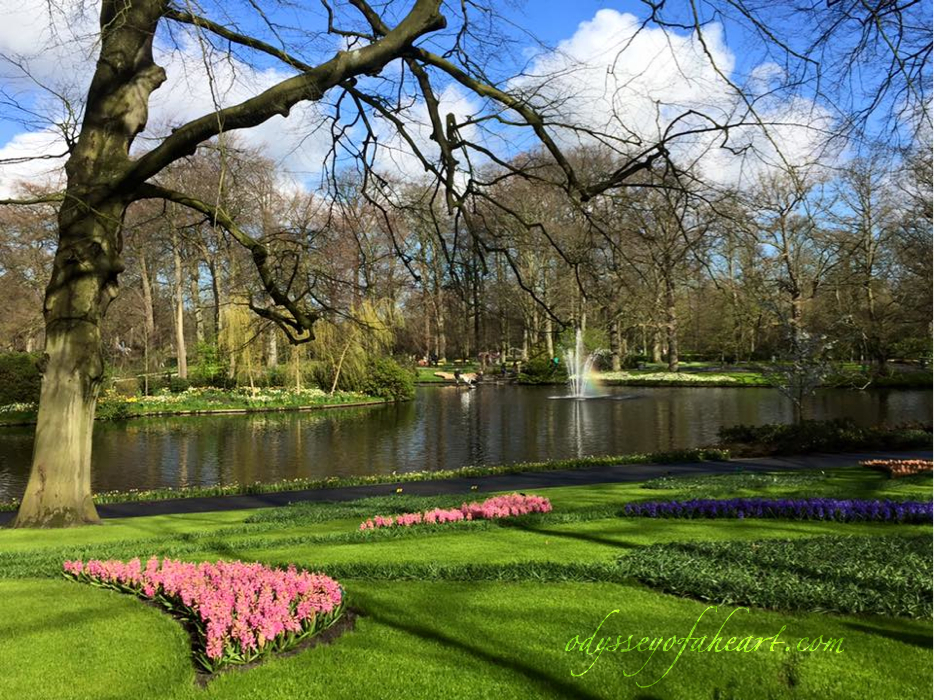
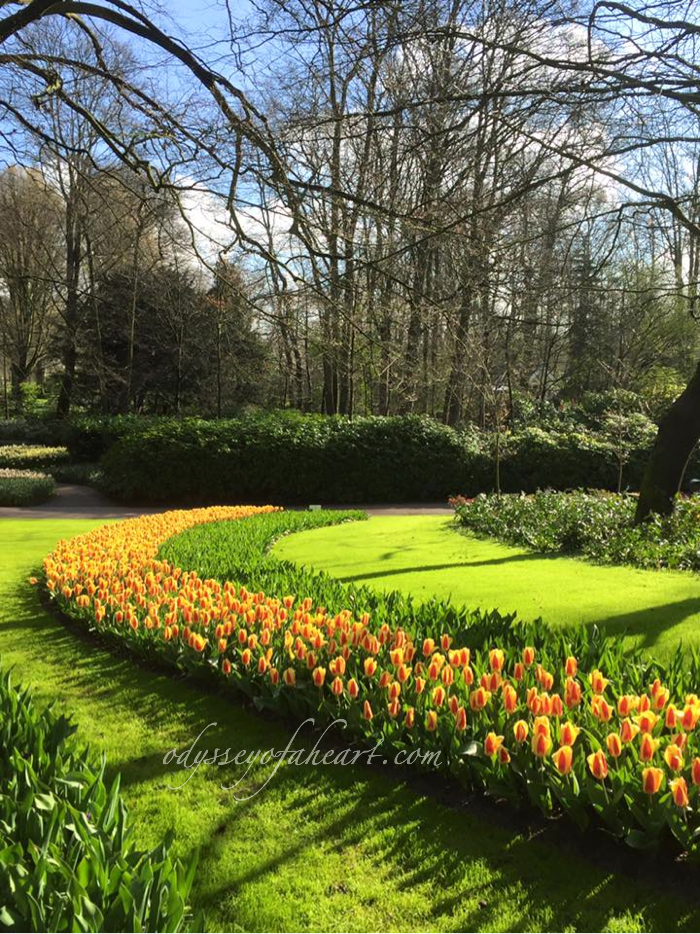





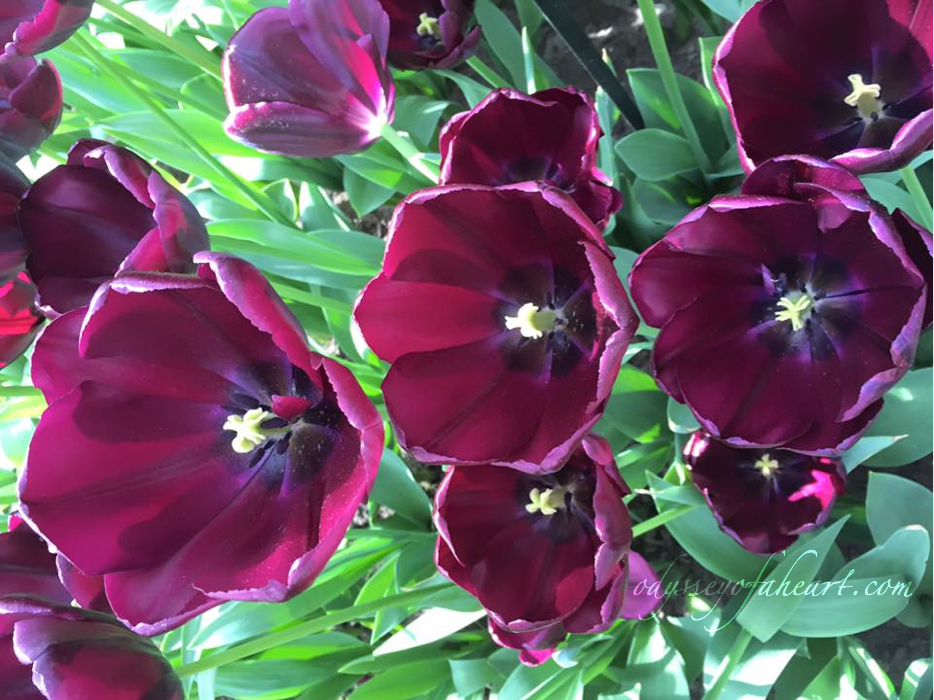
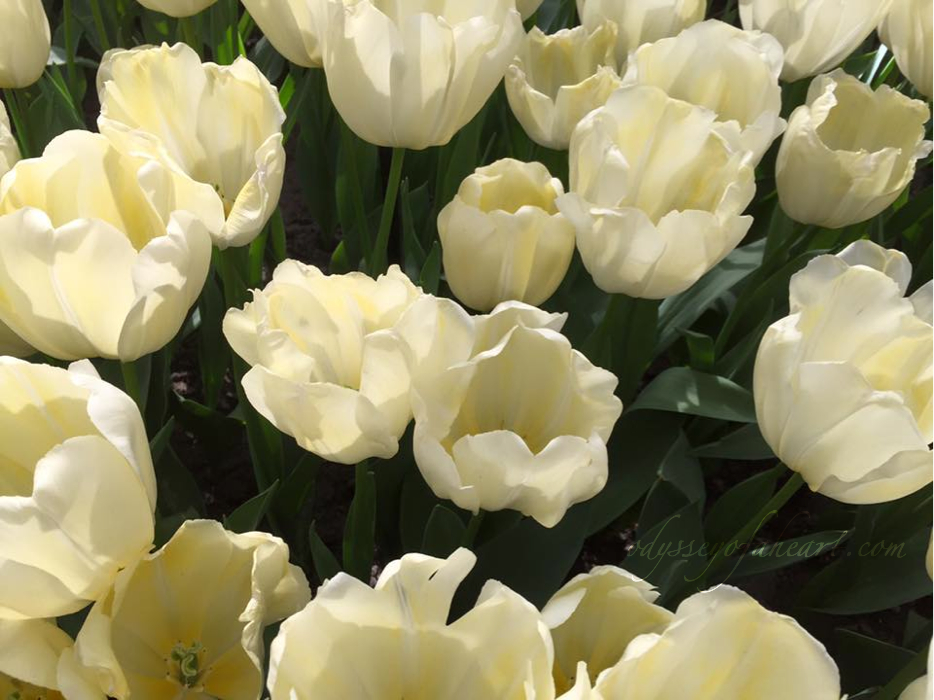
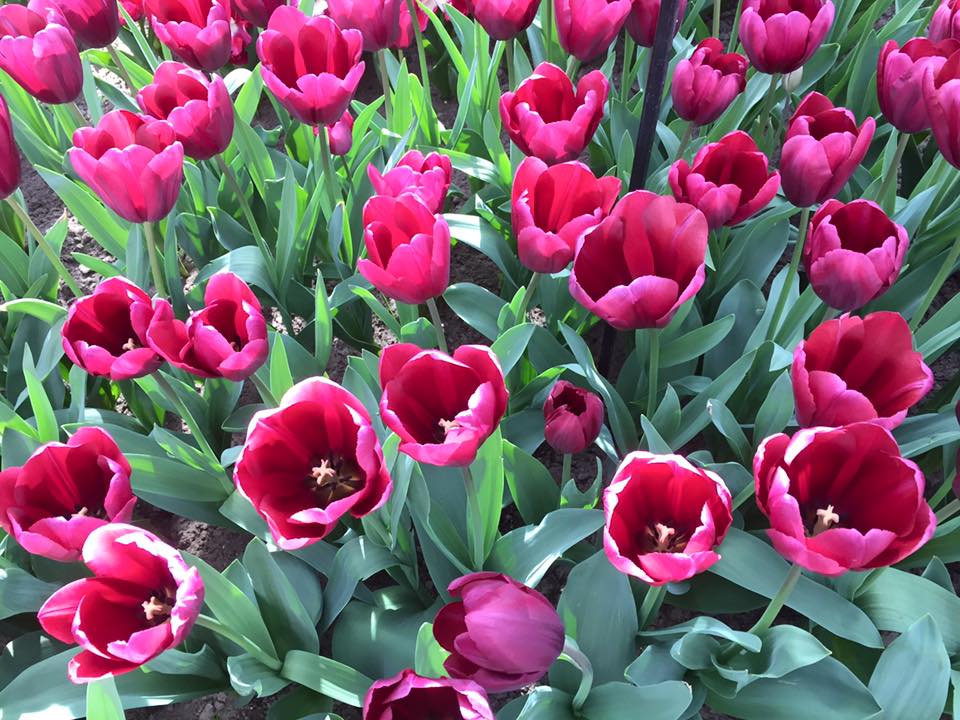
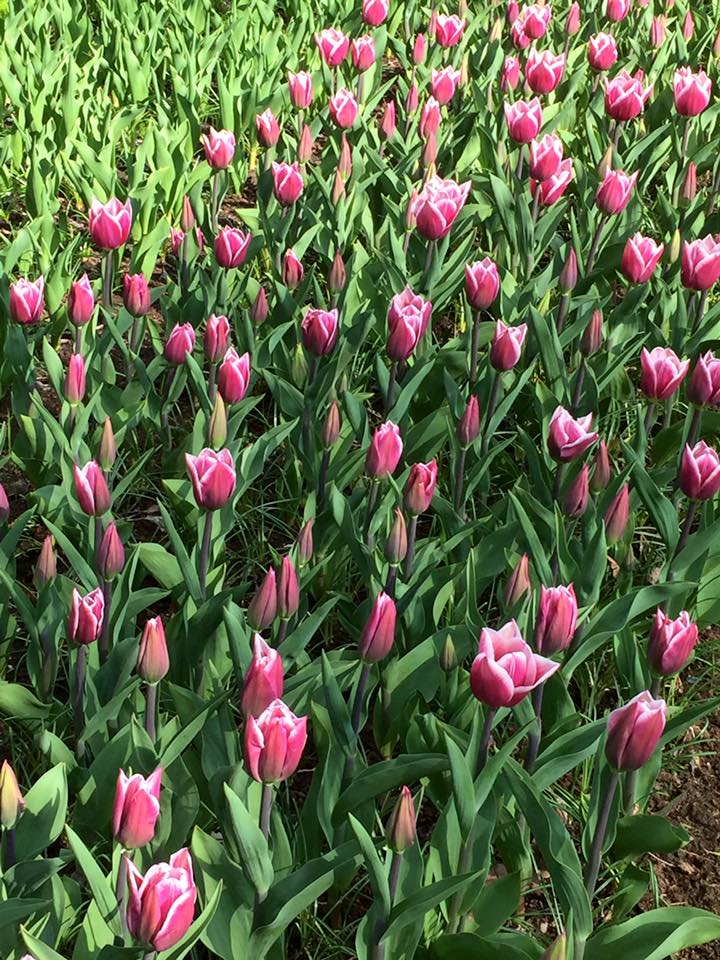
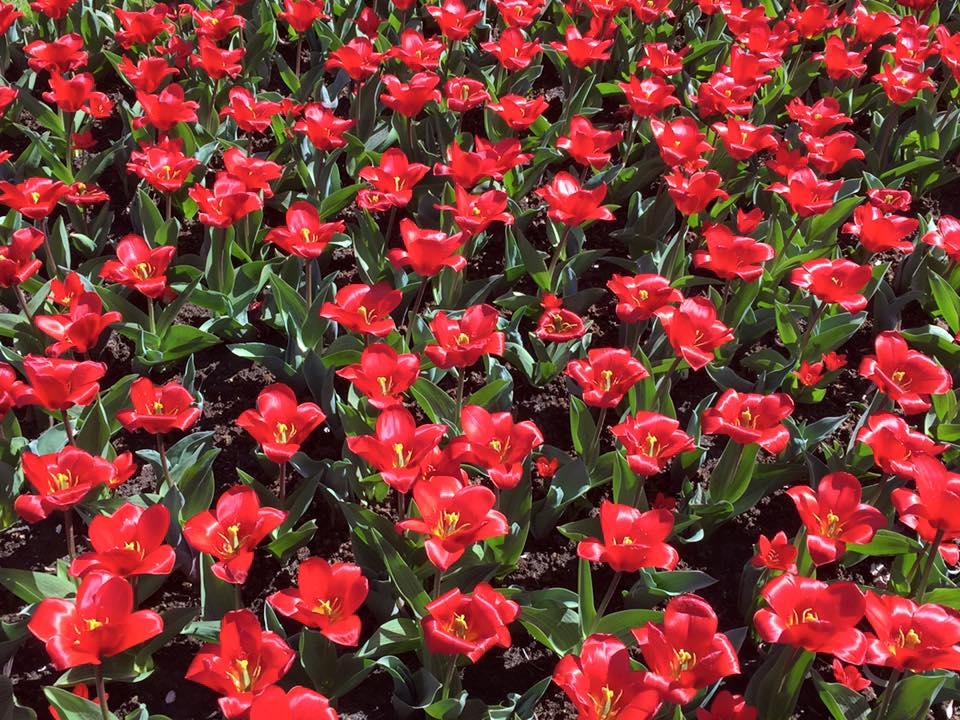
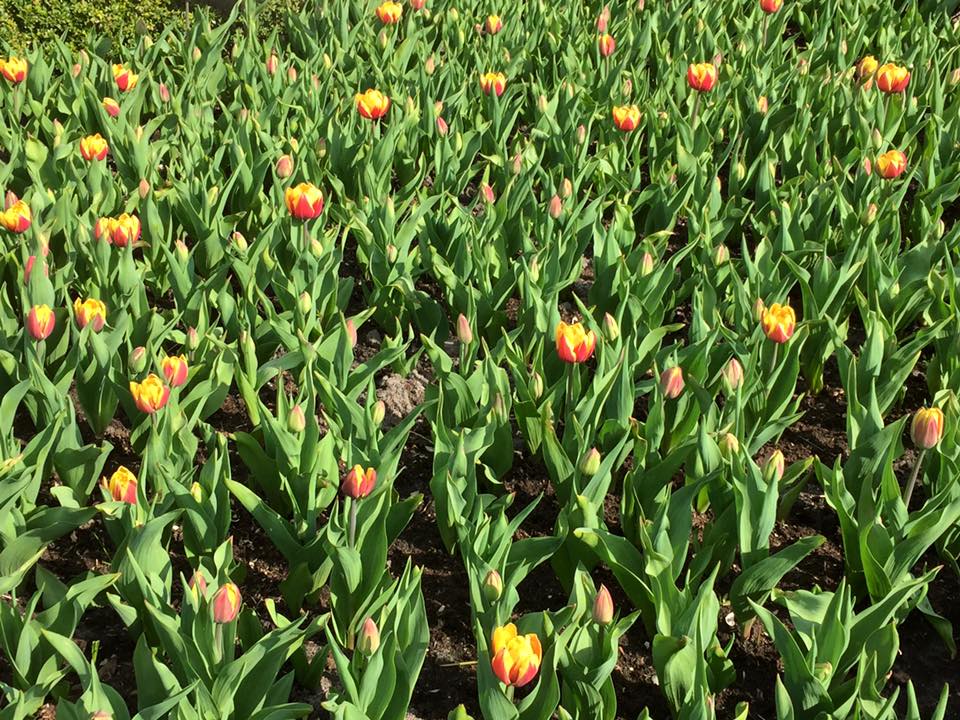
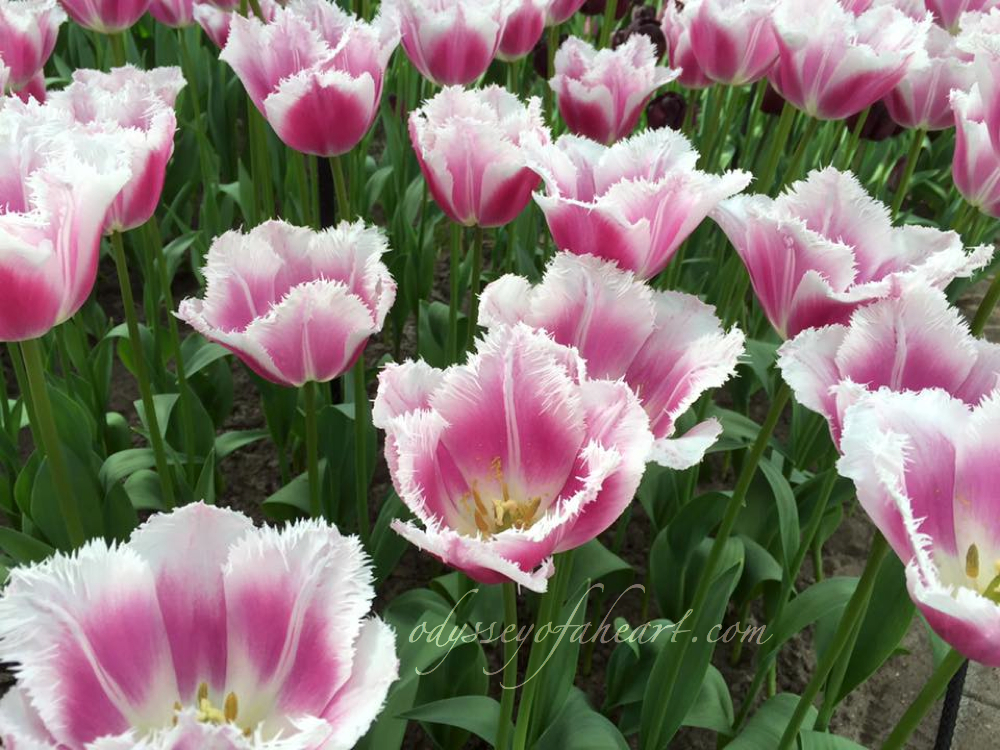
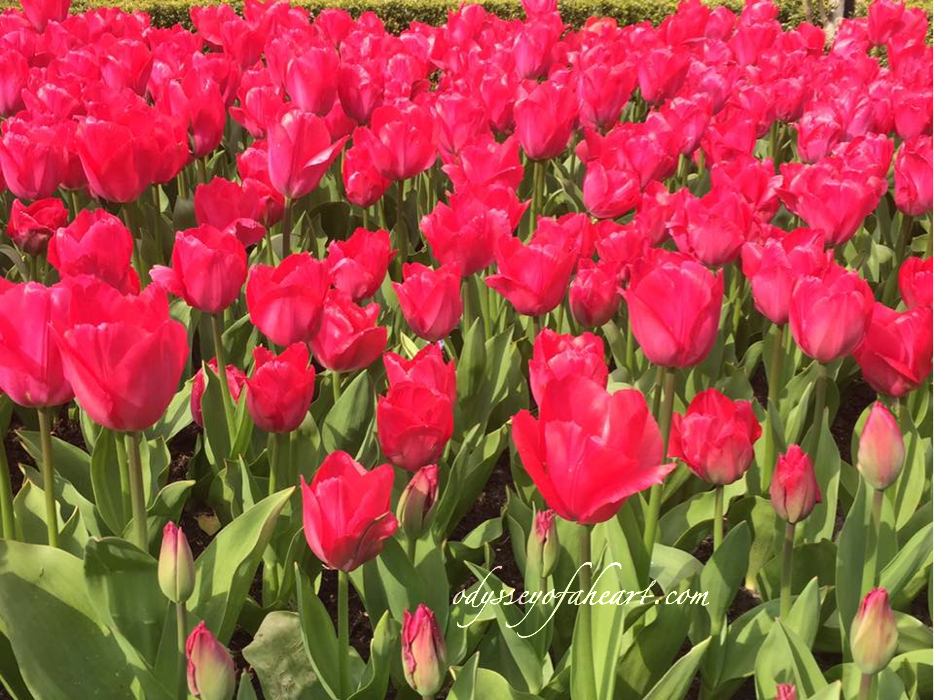
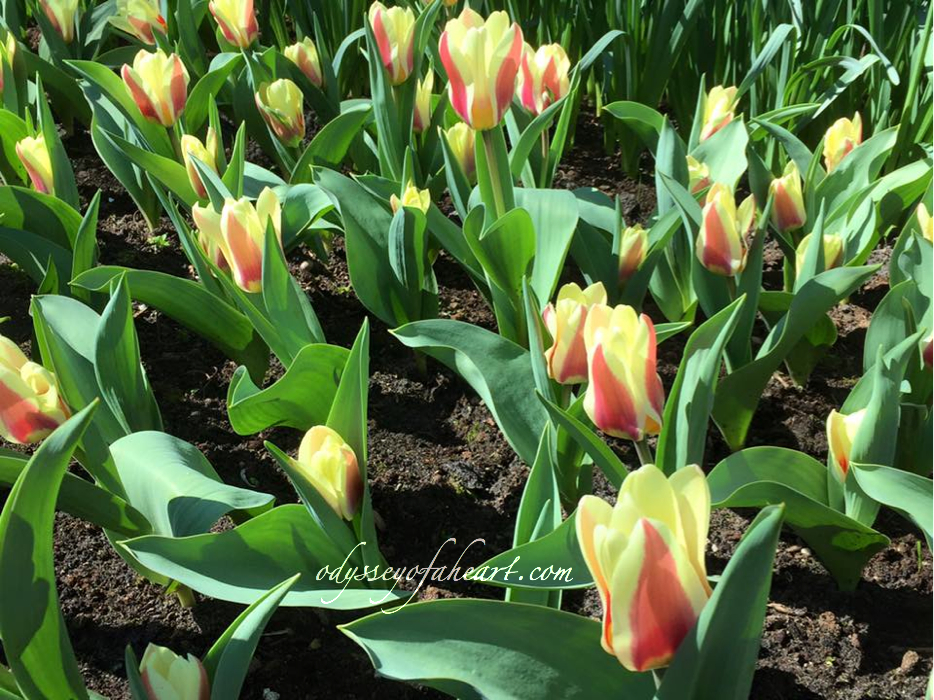
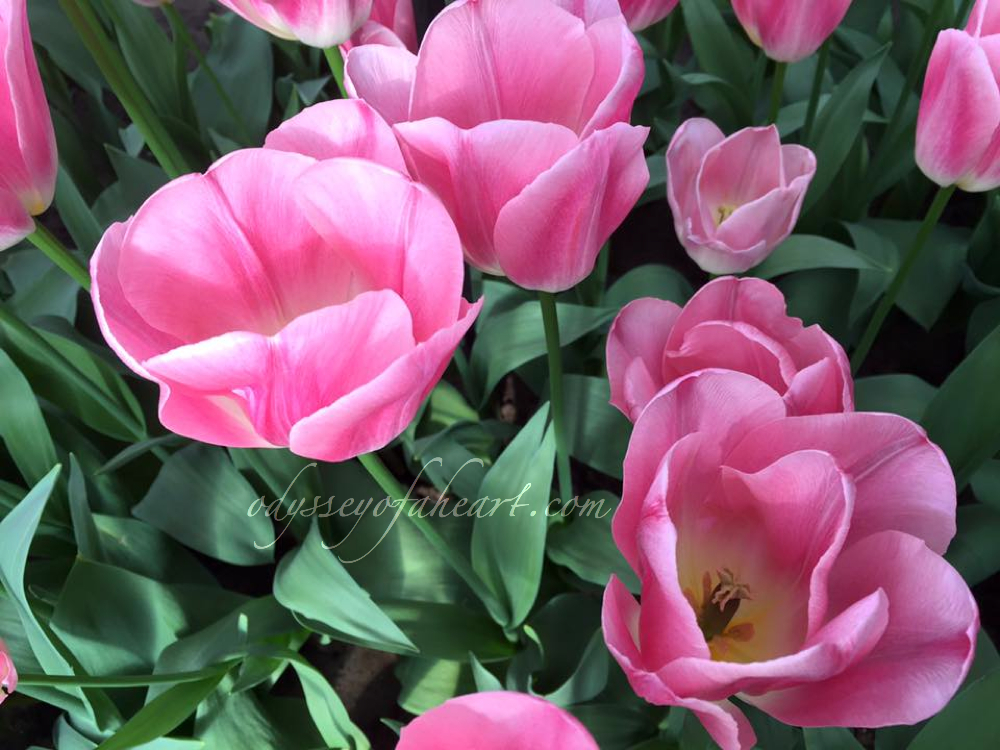
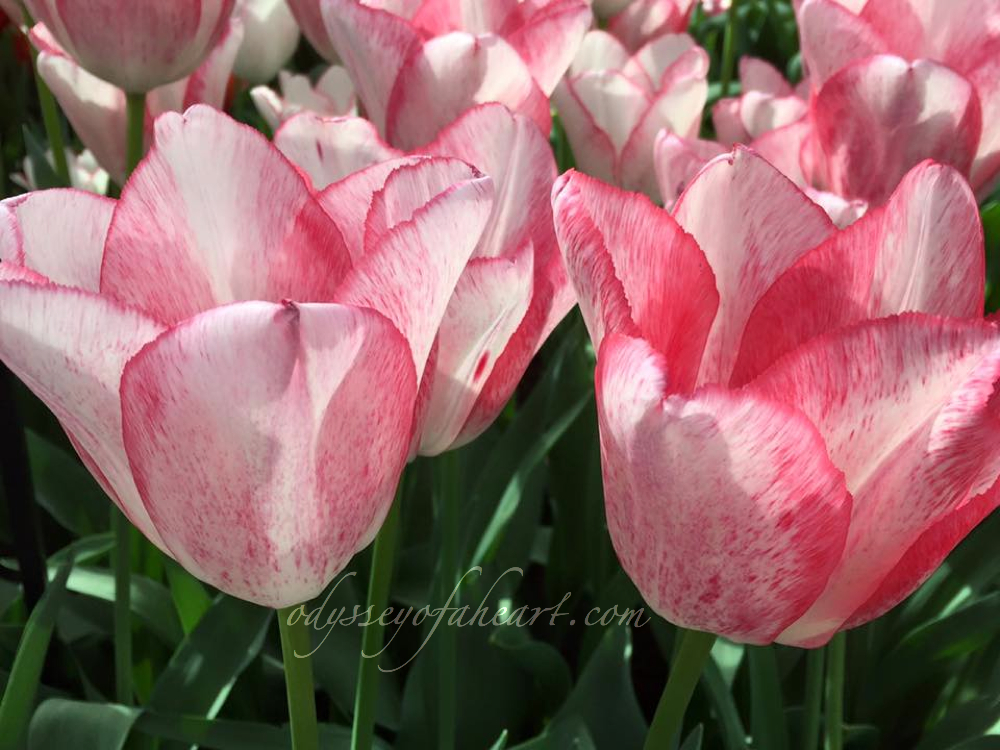
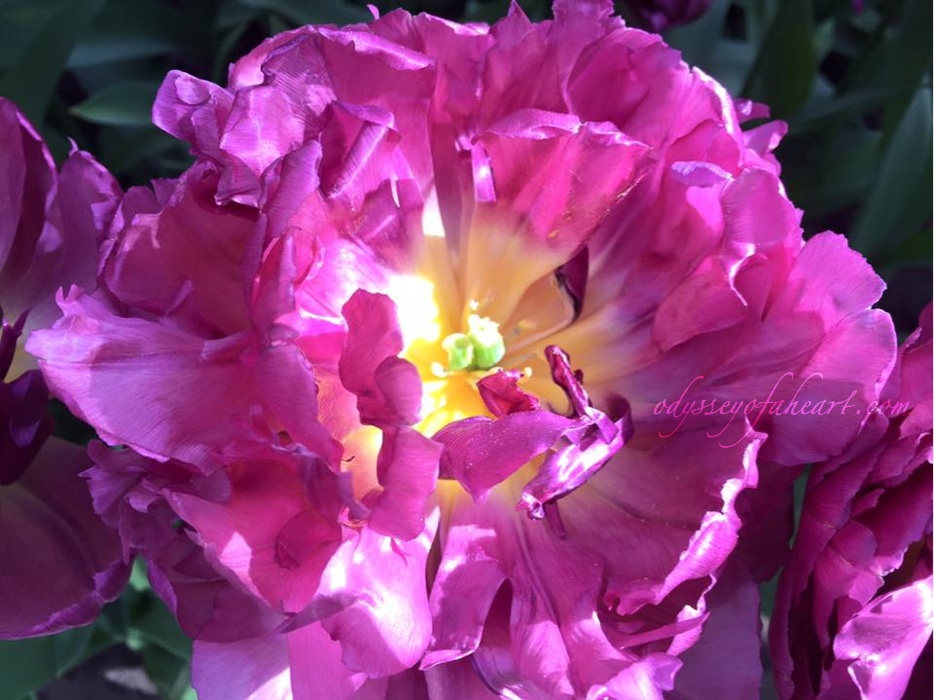
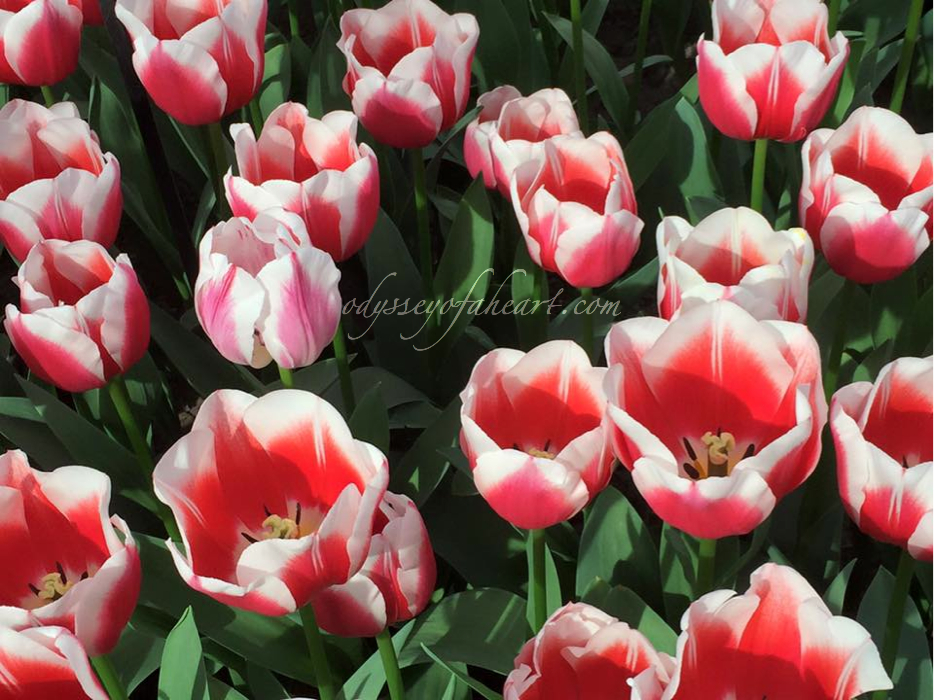
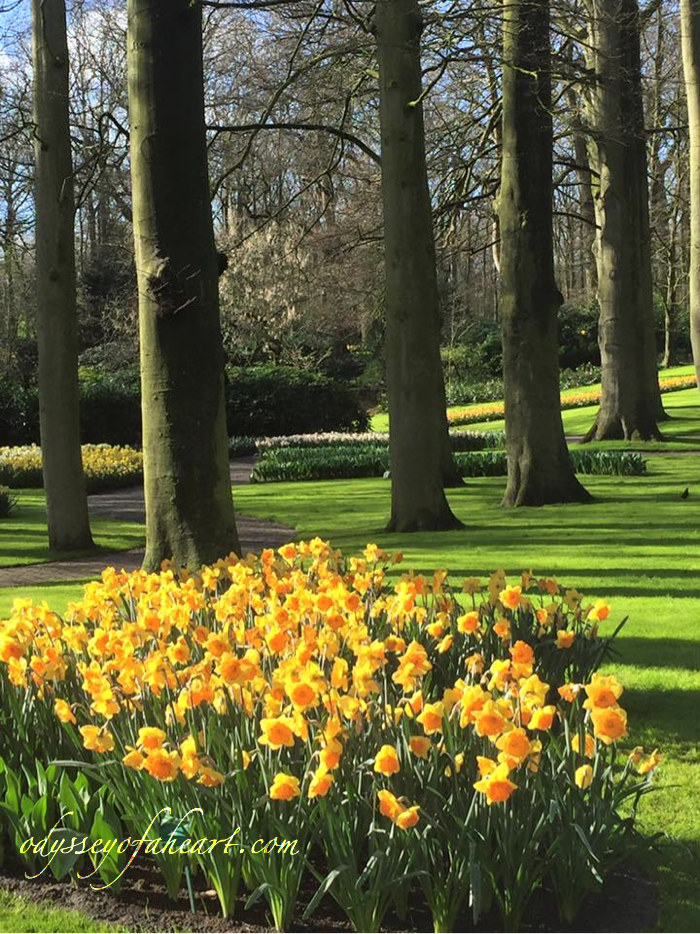
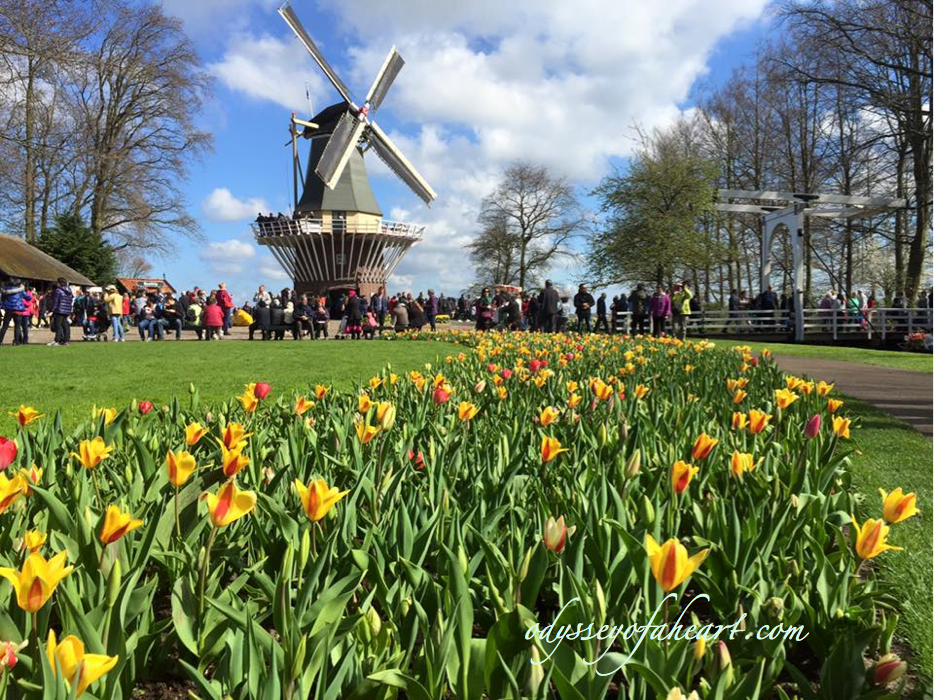 The history of the windmill at Keukenhof begins in Groningen, where it was built in 1892 and used to regulate water levels in the polder. In 1957, the Holland America Line bought the windmill and donated it to Keukenhof. The Keukenhof windmill was fully restored in 2008.
The history of the windmill at Keukenhof begins in Groningen, where it was built in 1892 and used to regulate water levels in the polder. In 1957, the Holland America Line bought the windmill and donated it to Keukenhof. The Keukenhof windmill was fully restored in 2008.
Reference on history, planting, garden development: 1. Arie Dwarswaard, Park Gids 2014 2. Keukenhof Holland, KopArt Amsteelven, Park Gids 2011
Keukenhof Gardens 2016 Theme: The Golden Age
Keukenhof Garden theme for 2016 is The Golden Age, the era in which the Netherlands went through a flourishing period in the field of trade, arts and sciences. This was also the period in which the world was discovered and the tulip trade thrived.
Keukenhof gives the tulip in the centre stage as it is the distinctive symbol of the Netherlands throughout the world. An exhibition was organised in the Juliana Pavilion which showed the history of the tulip, 17th Century tulip mania and today’s tulip as modern icon.
The Orchids Show in Beatrix Pavilion
The Beatrix Pavilion at the Keukenhof became the home of a spectacular display of orchids. More than 40 Dutch orchid growers used this indoor show to present the visitors with a couple of hundred of the best cultivars in the sector’s assortment.
Planning to visit the Keukenhof Gardens in 2017?
Visit their official website at keukenhof.nl


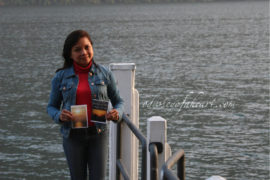
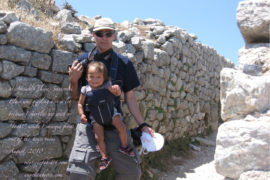
Comments are closed.